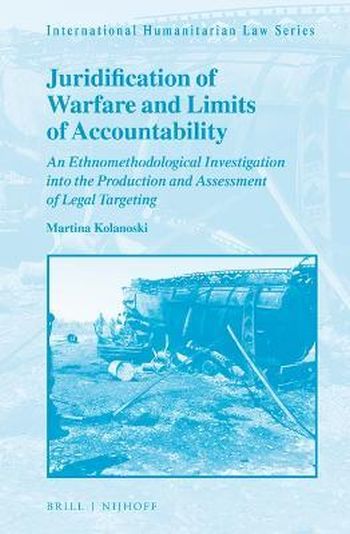We will be closed from 5pm Thursday 17th April for the Easter Bank Holidays, re-opening at 8.30am on Tuesday 22nd April. Any orders placed during this period will be processed when we re-open.

The book provides an empirical account of the laws that regulate today's scenes of armed conflict by looking into the details of one particular military incident and its ex-post legal accounting. Empirically, the book focuses on a highly controversial airstrike in Afghanistan (2009), in which large numbers of civilians were identified as combatants and killed as such. The incident lends itself to reflect upon the relation between the violation of procedural rules and the violation of the international laws of armed conflict. The ethnomethodological Law-in-Action research investigates the practical details of legal accountability and explores how the event shaped and specified the legally required protection of civilians in armed conflict. Exploring the collaborative and systematic work that goes into the 'application of law' at the military and the judiciary site, the study develops an empirical respecification of the concept of 'juridification of warfare'.